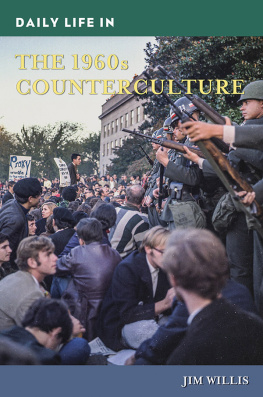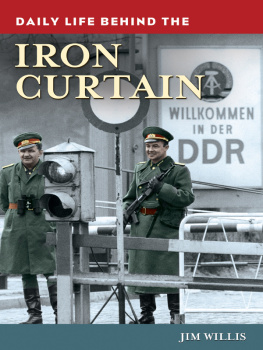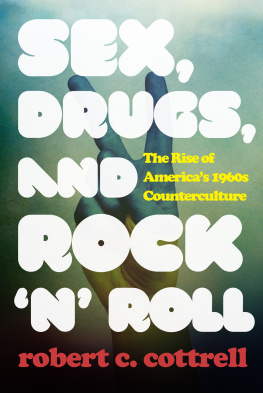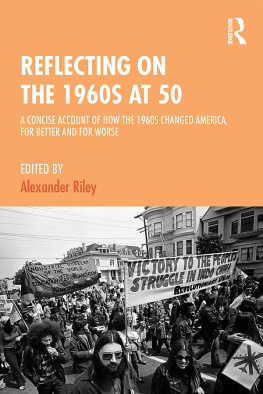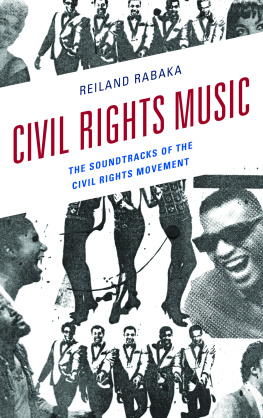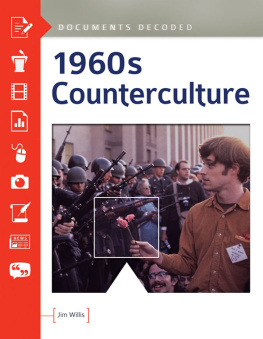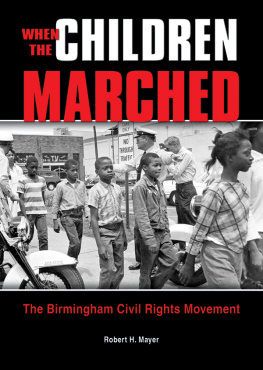Daily Life in
The 1960s Counterculture
Recent Titles in
The Greenwood Press Daily Life Through History Series
Behind the Iron Curtain
Jim Willis
Trade: Buying and Selling in World History
James M. Anderson
The Colonial South
John Schlotterbeck
A Medieval Monastery
Sherri Olson
Arthurian Britain
Deborah J. Shepherd
Victorian Women
Lydia Murdoch
The California Gold Rush
Thomas Maxwell-Long
18th-Century England, Second Edition
Kirstin Olsen
Colonial New England, Second Edition
Claudia Durst Johnson
Life in 1950s America
Nancy Hendricks
Jazz Age America
Steven L. Piott
Women in the Progressive Era
Kirstin Olsen
The Industrial United States, 18701900, Second Edition
Julie Husband and Jim OLoughlin
Daily Life in
The 1960s Counterculture
JIM WILLIS
The Greenwood Press Daily Life Through History Series

Copyright 2019 by ABC-CLIO, LLC
All rights reserved. No part of this publication may be reproduced, stored in a retrieval system, or transmitted, in any form or by any means, electronic, mechanical, photocopying, recording, or otherwise, except for the inclusion of brief quotations in a review, without prior permission in writing from the publisher.
Library of Congress Cataloging-in-Publication Data
Names: Willis, Jim, 1946 March 19 author.
Title: Daily life in the 1960s counterculture / Jim Willis.
Description: Santa Barbara : Greenwood, an Imprint of ABC-CLIO, LLC, [2019] | Series: Greenwood Press daily life through history series | Includes bibliographical references and index.
Identifiers: LCCN 2019014138 (print) | LCCN 2019016983 (ebook) | ISBN 9781440859014 (ebook) | ISBN 9781440859007 (alk. paper)
Subjects: LCSH: United StatesSocial conditions19601980. | CountercultureUnited StatesHistory20th century. | Protest movementsUnited StatesHistory20th century. | United StatesPolitics and government19631969. | United StatesHistory19611969. | Popular cultureUnited StatesHistory20th century. | United StatesCivilization1945 | Nineteen sixties.
Classification: LCC HN59 (ebook) | LCC HN59 .W5253 2019 (print) | DDC 306.0973dc23
LC record available at https://lccn.loc.gov/2019014138
ISBN: 978-1-4408-5900-7 (print)
978-1-4408-5901-4 (ebook)
232221201912345
This book is also available as an eBook.
Greenwood
An Imprint of ABC-CLIO, LLC
ABC-CLIO, LLC
147 Castilian Drive
Santa Barbara, California 93117
www.abc-clio.com
This book is printed on acid-free paper 
Manufactured in the United States of America
This book is dedicated to 22 fellow Bombers from Midwest City (Oklahoma) High School who died fighting the Vietnam War.
You will always be remembered.
Contents
The longtime NBC newsman Bob Dotson often reminds us that, when you get to know someones stories as told through his or her own articulated memories, you get to know the similarities between you and that storyteller. In a larger sense, as you see conditions that person faced and hurdles the person cleared in the iconic 1960s, you may well find parts of a road map to help you in your own challenges, inspirations, and successes in the current era. For his part, Dotson articulated hundreds of such memories in his American Story feature over his four-decade career at NBC. Others have noted that life amounts to a very small percentage of what happens to you and a very large percentage of how you respond to it. Daily Life in the Counterculture 1960s depicts conditions that Americans faced in that decade, but it also depicts how many people responded to those conditions. A lot of those stories are told through the eyes of the individualsmostly young people at the timewho lived them. You will find many of those anecdotes (both published and unpublished) in italics, while shorter memories are often told in standard quote format.
This is the second book in the Daily Life series that Ive written for Greenwood Press, but its the first that examines an experience that I was a part of myself. I came of age in the 1960s, a time that historians rightly call this counterculture era in America, and it actually extended on to 1975, which the Vietnam War ended for America. I graduated from high school in 1964 and from the University of Oklahoma in 1968. Those four years probably saw more changes take place on college campuses than ever before in the 20th century. First, in my freshman year at OU, the Reserve Officer Training Corps (ROTC) was mandatory for most male students. But by the end of my sophomore year, it was made optional. Second, in 1964, women and men students had to be locked in their dorms by 9:00 and 9:15 p.m., respectively, but men could get back out for the night at 11:00 p.m. after a mandatory study hall time. But by 1968, all dorm students were given keys to come and go as they pleased, and the first co-ed dorms were going up. Third, in 1964, dorms were managed by counselors, and they had the right to ground students for the weekend for various offenses, including refusing to clean up their rooms satisfactorily. But a couple years later, in the wake of the federal court case Dixon v. Alabama, the university could no longer legally act as parents, and counselors became resident advisors without authority to ground them for messy rooms. Fourth, in 1964 the university imposed public display of affection (PDA) rules on campus, meaning displays of affection were to be kept to a minimum. But by 1967, students began holding Gentle Thursday Love-ins on the South Oval of the campus.
I was very aware of all the dissension on campus, but I was not involved in any of the student protests, siding instead with the conservative elements at OU. I pledged a fraternity and was in the Navy ROTC all four years. Our brigade would form up at the campus armory every Tuesday afternoon and march to the drill fields, with orders to step over any war protesters who would occasionally lie down on the campus sidewalks, trying to prevent us from conducting our drills. I was conditioned by my conservative, patriotic Oklahoma culture to believe in what government leaders and the military were saying and saw no reason to change. It would be another decade before I would start seeing things differently.
With my navy chapter cut short by a hearing loss, I attended seminary for two years, thinking I would become a pastor. I had been introduced to the Christian faith by way of a campus evangelical movement called Campus Crusade for Christ, which was growing in popularity around the country in the 1960s. Deciding that a ministerial career was not a good fit, however, I deferred to my college major of journalism and began a lifelong journey as a journalist (and then journalism educator) in 1970 and covered several stories related to the protests of the Vietnam War. I began work on a newspaper in a college town near Oklahoma City and, even in that red state, there were enough student protests to keep me hopping. They mostly came in the form of staged demonstrations designed to draw out the news media at which young men might stand up and burn their draft cards while denouncing the presidential administration and the values that got us mired in a war that few people understood. I remember that often when I left the newsroom to cover one of those events, my editor would caution me Be careful out there! as if somehow students upset at the Vietnam War would pose a physical threat to me or other reporters. Such threats never materialized, but I appreciated my editors concern anyway.

